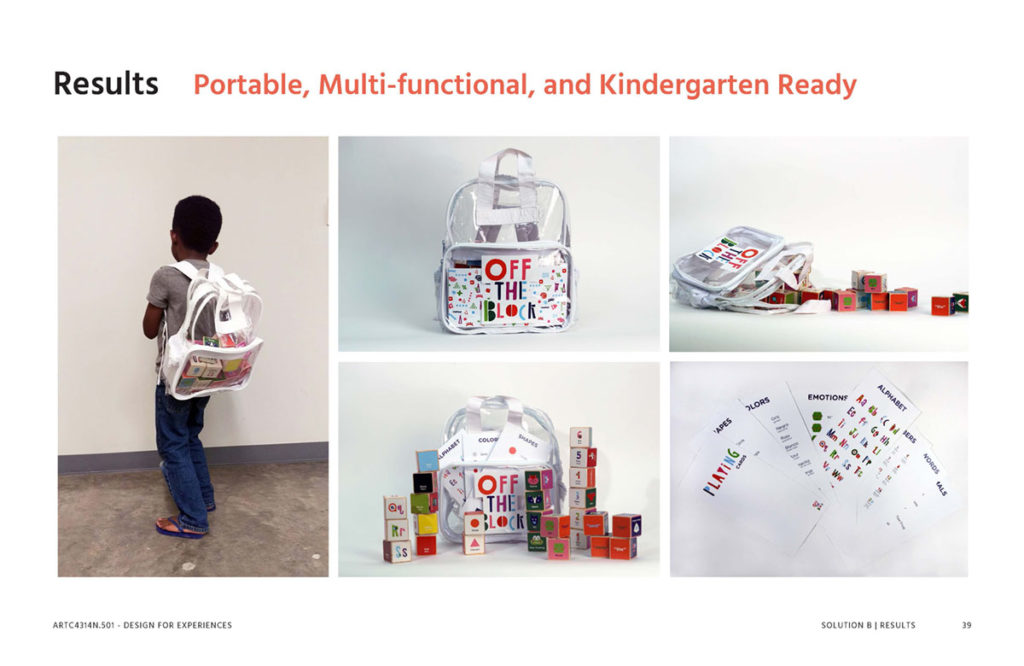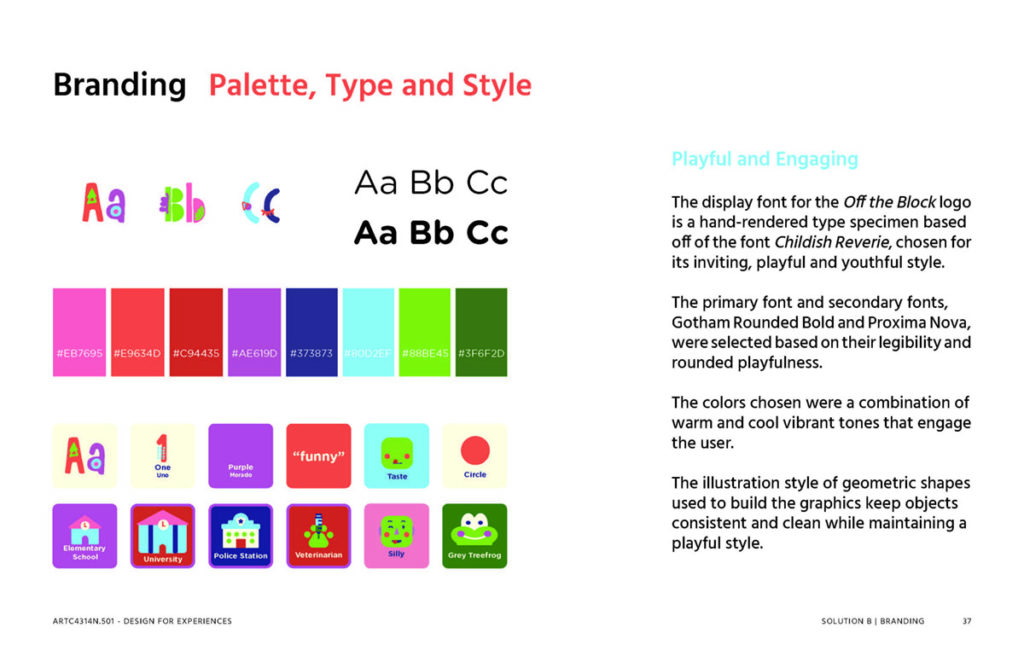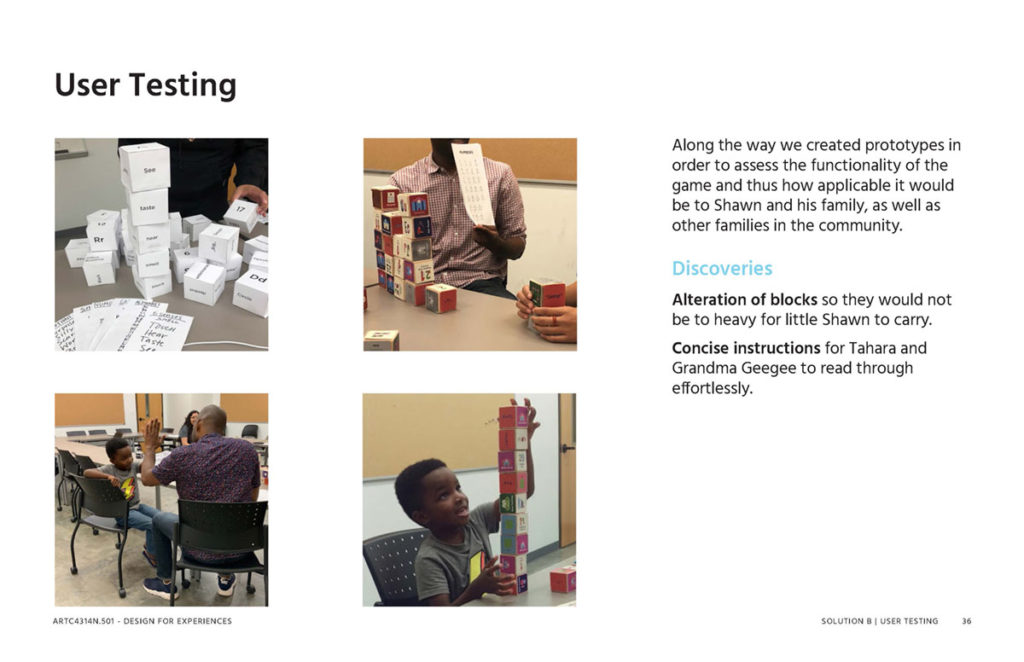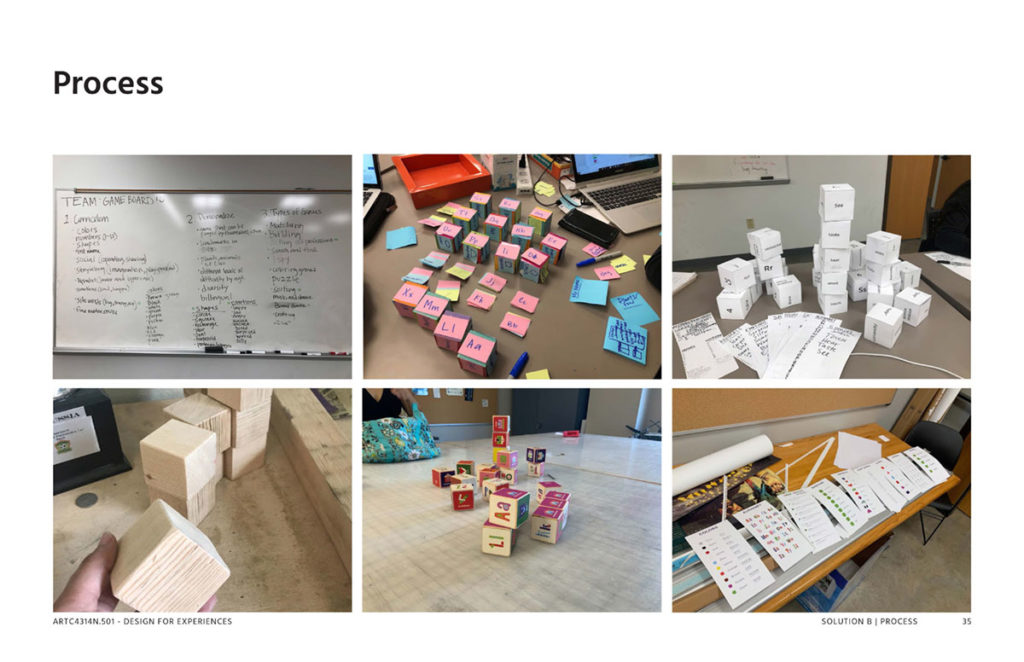Woodhill Homes Needs Assessment
Introduction and Bird’s Eye View Summary of Results
In early 2018, Cuyahoga Metropolitan Housing Authority (CMHA) was awarded a Choice Neighborhoods Initiative (CNI) planning grant to begin a two-year planning process at Woodhill Homes. While the Woodhill homes neighbored world-class institutions, the poverty rate for this specific community was four times that of the rest of the region. Not to mention the housing renovations for residents were outdated and insufficient. As a part of this process, a needs assessment was conducted. We were asked to address specific pain points in the resident (user) experience by Utilizing customer empathy, experience mapping, and other Design Research methods.
Student Learning Goals and objectives:
- Gain valuable insights into the principles, constructs, and application of Human-Centered Design (HCD) and Design Thinking (DT)
- Hands-on practice applying DT, HCD and competitive analysis to your course project
- Through user, research and analysis create user personas and user journey maps
- Conduct a thorough task analysis and define an actionable platform strategy for your product and service
- Prototyping your product and service
- Conduct usability testing—working with test subjects, analyzing test results, making improvements, and planning future testing
- Create a visually appealing and portfolio-ready presentation

Project Goals and objectives – Inspired by the needs assessment
- Use design thinking to create a prototype that will facilitate central points of community interaction.
- Find a solution that will encourage literacy among pre-school age children, as well as kindergarten readiness.
- Find methods that could improve communication and relationships between Property Managers, Police officers, and Residents.

Research Findings and results
The ethnographic study showcased that residents lacked a comfortable central location to assemble. Having a location resident could come to dialogue was a high priority, especially for elderly residents. A chair was designed for residents to shit, which would carry the community brand. The back of each care would also function as a communication piece, highlighting community events/priorities from property managers, Introductions to local officers, as well as a surveying system where residents would get a better opportunity to communicate — their experiences.

School readiness was also voiced as a priority in the resident needs assessment. A game was created, which could be played between parent and child to improve age-appropriate literacy. While prototyping this game, education models from three states, including Ohio, were used to measure outcomes. These measured outcomes were used as a rubric to measure the effectiveness of the game during user testing.

The final results were then presented to stakeholders at CMHA, and aspects of our proposals will be submitted to HUD as a part of the Choice Neighborhoods Initiative (CNI) planning grant.

Omari Souza is a design researcher whose work focuses on the intersection of African American history and Advertising. He teaches design research methods at Texas State University, while also advocating for design for social good.
Recipient of recognition in the Design Incubation Communication Design Awards 2019.
